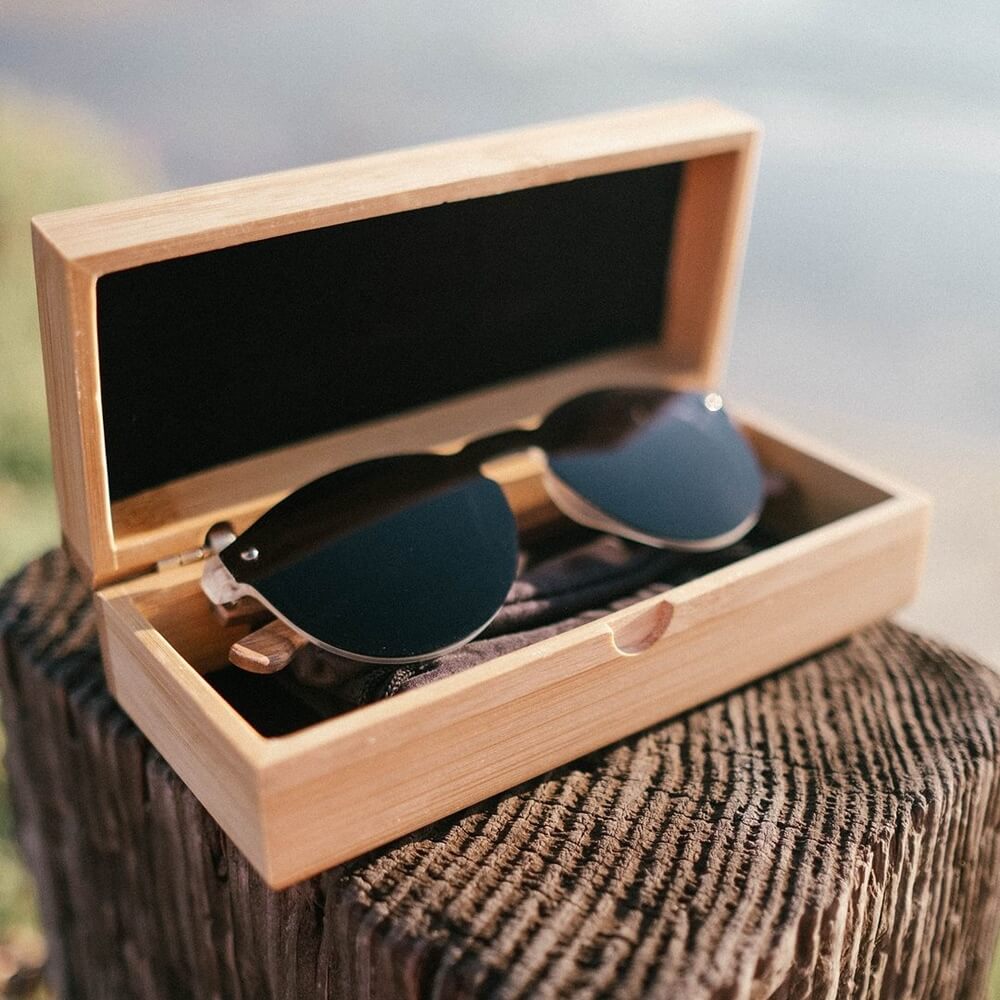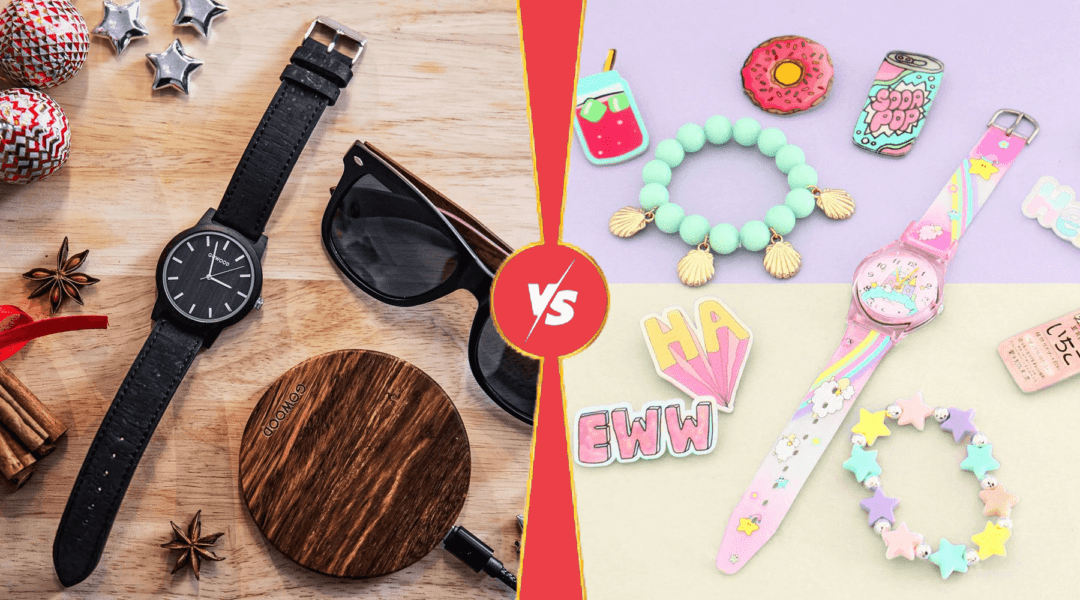general
Wood vs. Plastic
With worries about pollution getting worse, using eco-friendly materials is becoming increasingly important. More and more people are aware of how bad pollution is for us and the environment.
A large amount of plastic waste makes its way into the ocean from rivers and other sources, with estimates suggesting tons of plastic are already afloat. This raises the question of what a more sustainable material choice would be, considering that most of us use wood and plastic all the time.
Many people haven’t considered the advantages and disadvantages of wood versus plastic. This article will explain everything you need to know about both.
The Big Question | How Long Does It Last?
We often hear the term “durability” but what does it mean? Basically, it’s how well something holds up with everyday use.
When something’s durable, it lasts longer and you don’t have to replace it as often. Choosing products that last saves you money and reduces the amount of trash, which is good for you and the planet.
Plastic:
Plastic’s reputation for toughness comes from its ability to endure harsh conditions. For example, it doesn’t warp or rot, even when exposed to extreme heat, rain, or cold, so they’re great for using outside.
Plus, plastic is easy to take care of. You don’t need to do much to keep it looking good – usually just a quick wash with water is enough.
Wood:
There’s something really nice about the way wooden things look and feel. They bring a warm and cozy feel to any space, and wood has a classic look that plastic can’t copy.
If wood is sourced responsibly, it can be better for the environment, plus many companies make sure the wood comes from well-managed forests. That said, wood is more easily affected by the weather, which can lead to warping, cracking, or rotting without proper care, which means it requires more frequent maintenance and attention.
Carbon Footprint Comparison
A carbon footprint measures the amount of CO2 released by something we do. Knowing the carbon footprint of a material helps us figure out how much carbon dioxide is going into the air.
Plastic has a carbon footprint of around 6kg of CO2 for every kg of plastic. Recycling, composting, and even just dumping plastic also release a lot of carbon into the atmosphere.
Wood, on the other hand, is composed of approximately 50% carbon and it’s often used to build houses because it stores carbon and helps reduce carbon emissions.
Wood is more energy-efficient than plastic and metal because the primary energy expenditure comes from drying the lumber. Meanwhile, making plastic, metal, and concrete takes a lot of energy from fossil fuels.
Recycling and Waste
Recycling wood is a big win because it lowers the amount of waste going to landfills, saves energy, and resources. It’s also a super clean and cheap way to recycle since wood doesn’t need any special cleaning beforehand.
Once wood is recycled, it can be used in different ways. For example, sawdust and shavings are mixed with glue to make new wood. This new wood can then be cut into planks for building or making furniture.
Recycled wood can also be used to make compost or animal bedding. And, any wood that can’t be recycled can be burned to make electricity.
Plastic:
In theory, many everyday plastics are recyclable. However, the reality is that only a small fraction of all the plastic ever made has been recycled even once, and an even smaller percentage has been recycled more than once. Often, it’s more cost-effective to produce new plastic items from scratch than to collect, process, and reuse existing plastic.
Even with careful sorting, recycled plastic typically doesn’t measure up to the quality of virgin plastic. The problem is that over 10,000 additives are used to give plastics various colors and performance characteristics. Plastics that seem similar can contain different combinations of these additives, leading to a recycled material with inconsistent and often less-than-ideal properties.
Furthermore, the long molecular chains that give plastics their strength tend to degrade slightly each time they are reprocessed.
Wood vs. Plastic | Impact on Pollution
Burning wood does release some CO2, but burning plastic releases much more toxic pollutants like dioxins, furans, mercury, and PCBs, which are dangerous for both animals and people. Plastic also contributes significantly to ocean pollution, with a percentage of global plastic production making its way into the sea, posing a serious threat to marine life.
Every year, plastic kills millions of animals, from birds to fish. It affects thousands of species, and almost every seabird eats plastic.
Entanglement in plastic and starvation are the leading causes of death for animals affected by plastic pollution. Turtles, seals, whales, and other animals get strangled by old fishing gear or plastic rings.
Sometimes these fragments just pass through, but they can also block digestion or pierce organs, leading to death. A stomach full of plastic also makes animals not want to eat, causing starvation.
Animals on land, like horses, elephants, and camels, have also been found to eat plastic, sometimes resulting in death.
The Cost Factor
Plastic and wood can both be affordable. However, the price can vary depending on the specific product. For example, plastic pallets might be more expensive than wooden ones, while plastic accessories or furniture might be cheaper than wood furniture.
Both materials can be budget-friendly, it just depends on how you’re using them. Many people choose plastic because it’s often the cheaper option.
Wood Products Are BPA-Free
BPA, or Bisphenol A, is a man-made chemical used in making plastic to hold it together. BPA is commonly found in the environment and many manufactured items.
Studies have linked BPA exposure to problems with heart issues, fertility, and other health conditions. Unless specifically stated otherwise, most plastic products contain BPA. This chemical poses potential health risks and is prevalent in many plastic items.
Need High-Quality Wooden Accessories?

Welcome to GOWOOD! In the heart of the Laurentian Mountains, in Prévost, Québec, a family set out to create something unique and build a brand unlike any other. From wooden sunglasses to wireless chargers, we’ve designed a range of high-quality wood accessories that combine style with a commitment to protecting the environment.
Scroll through our selection on our website now




 Français
Français